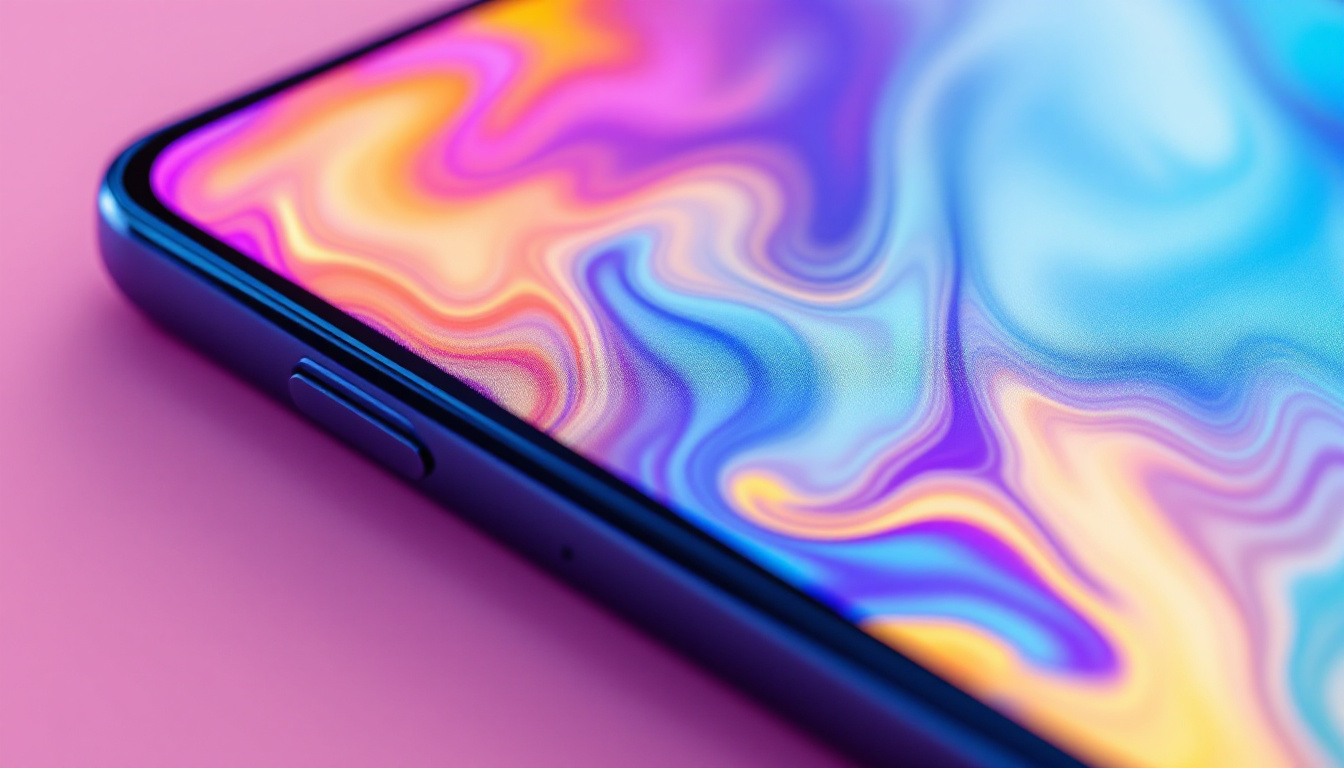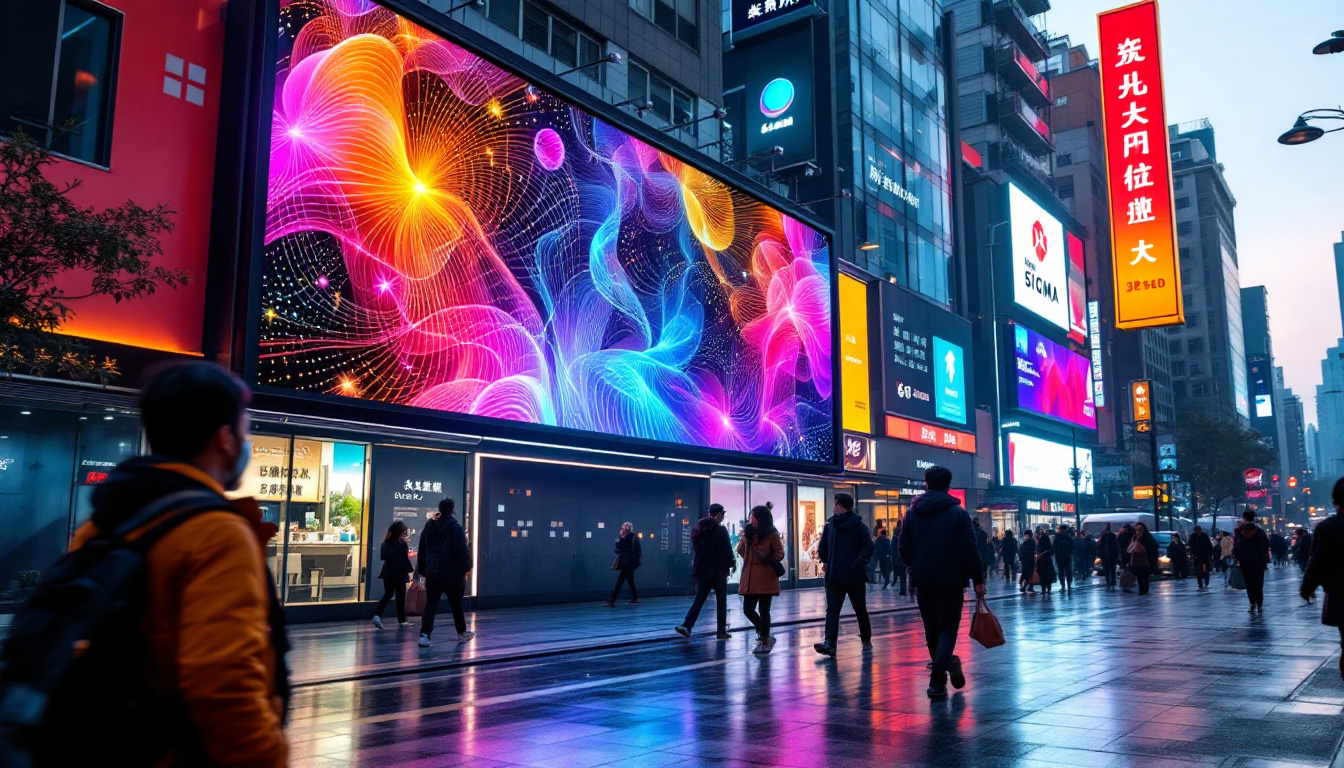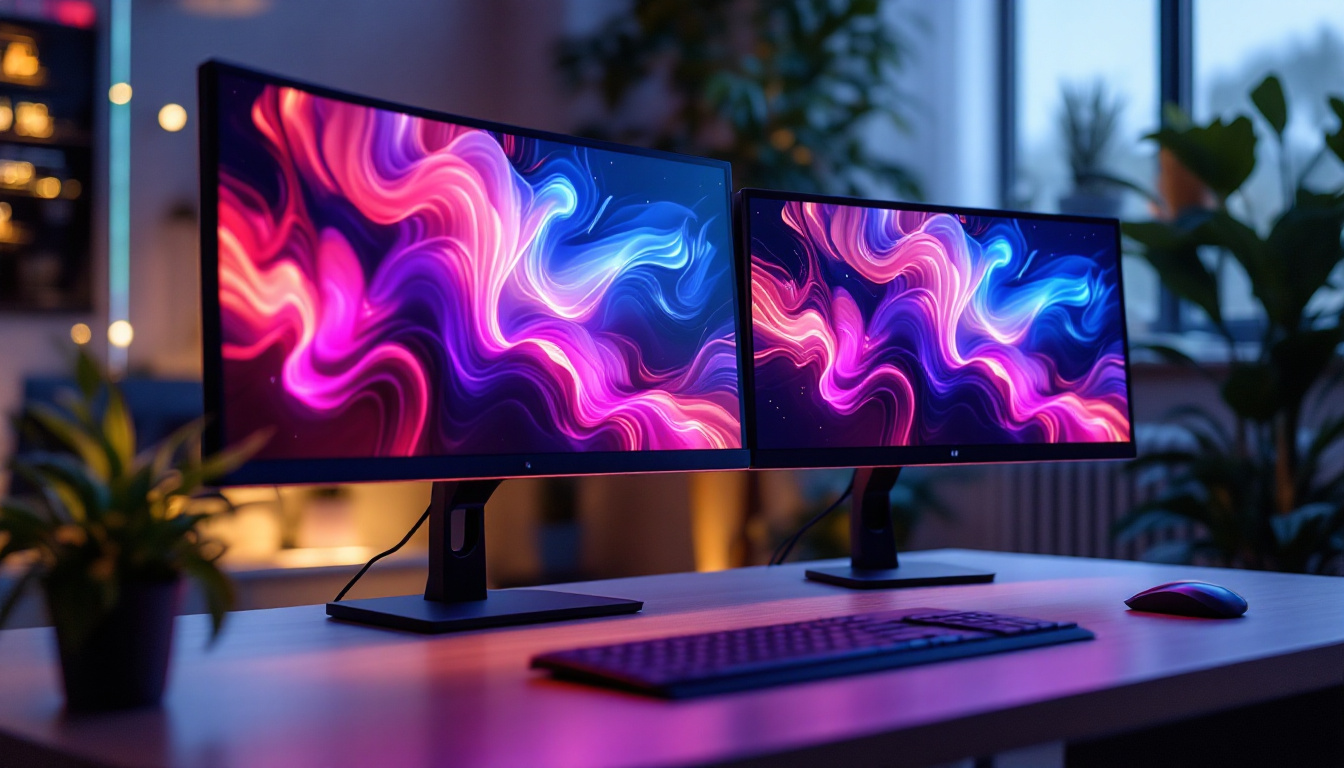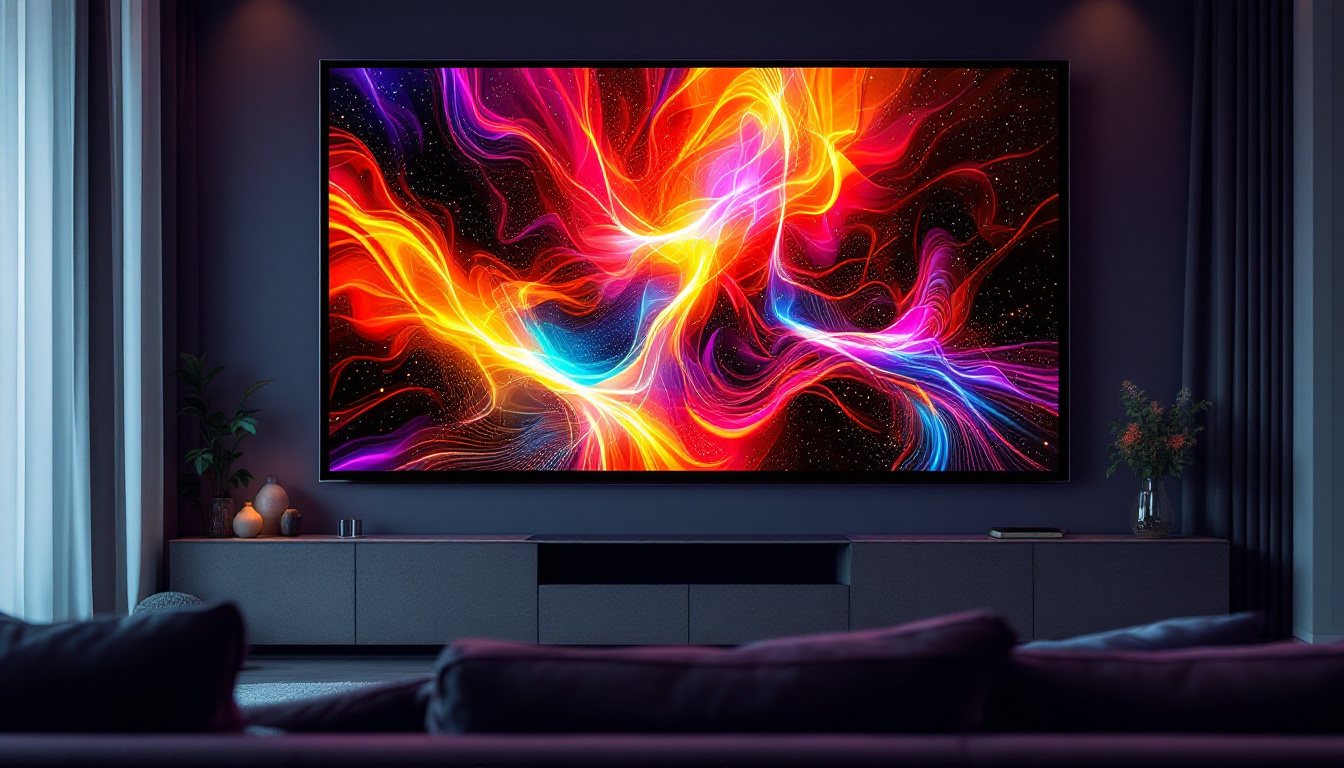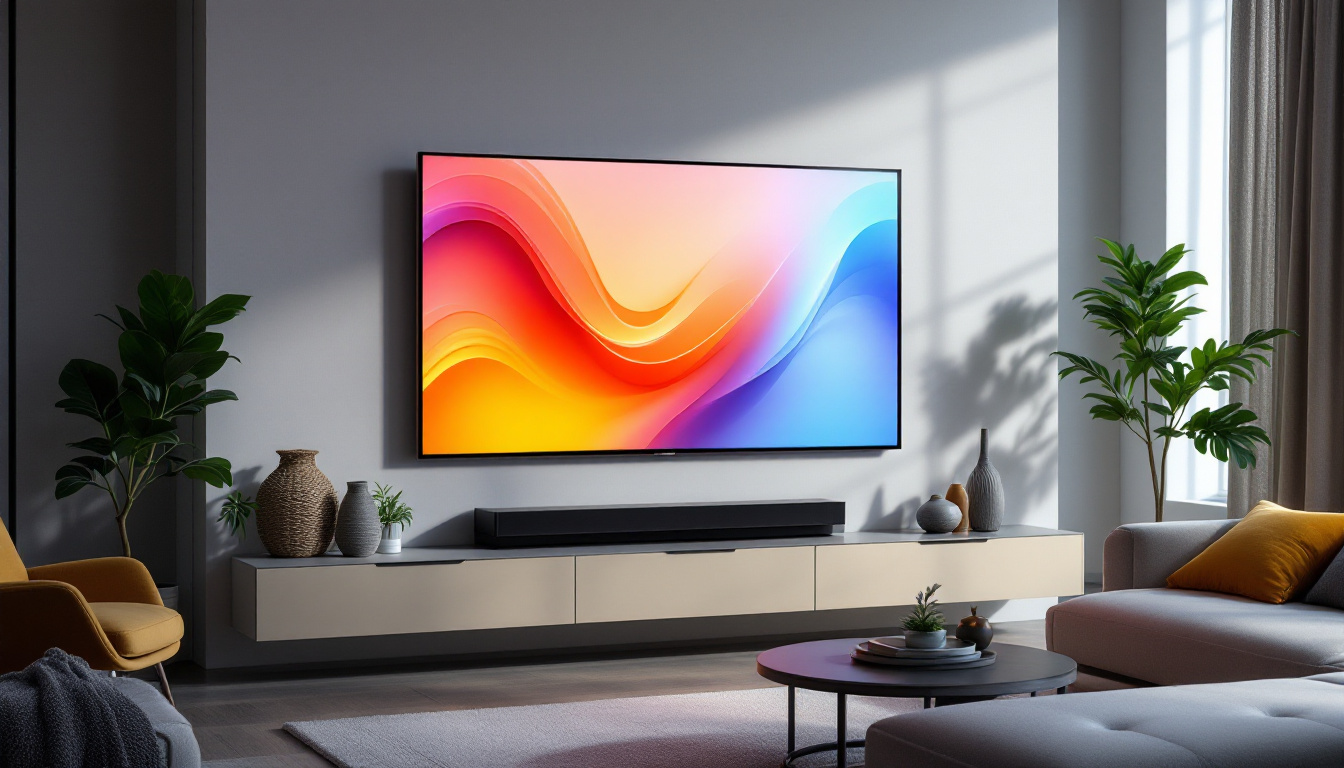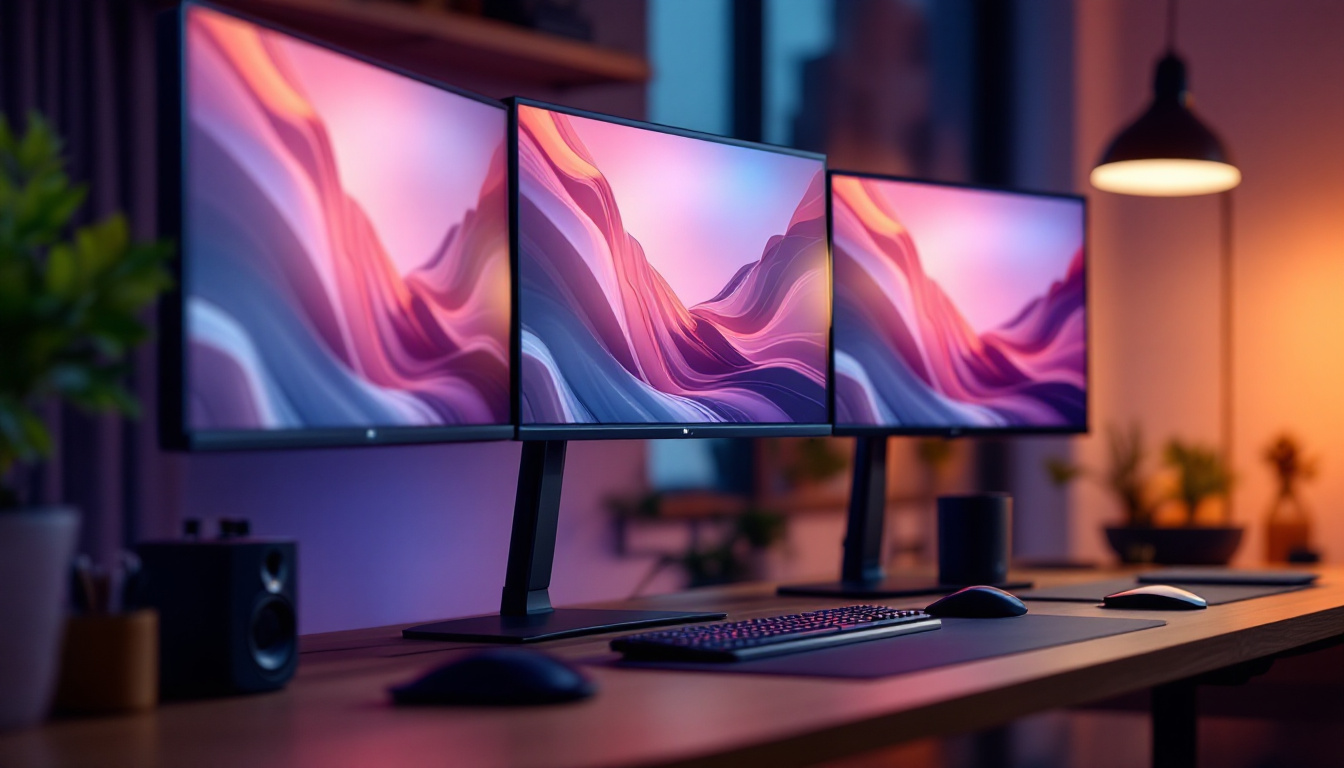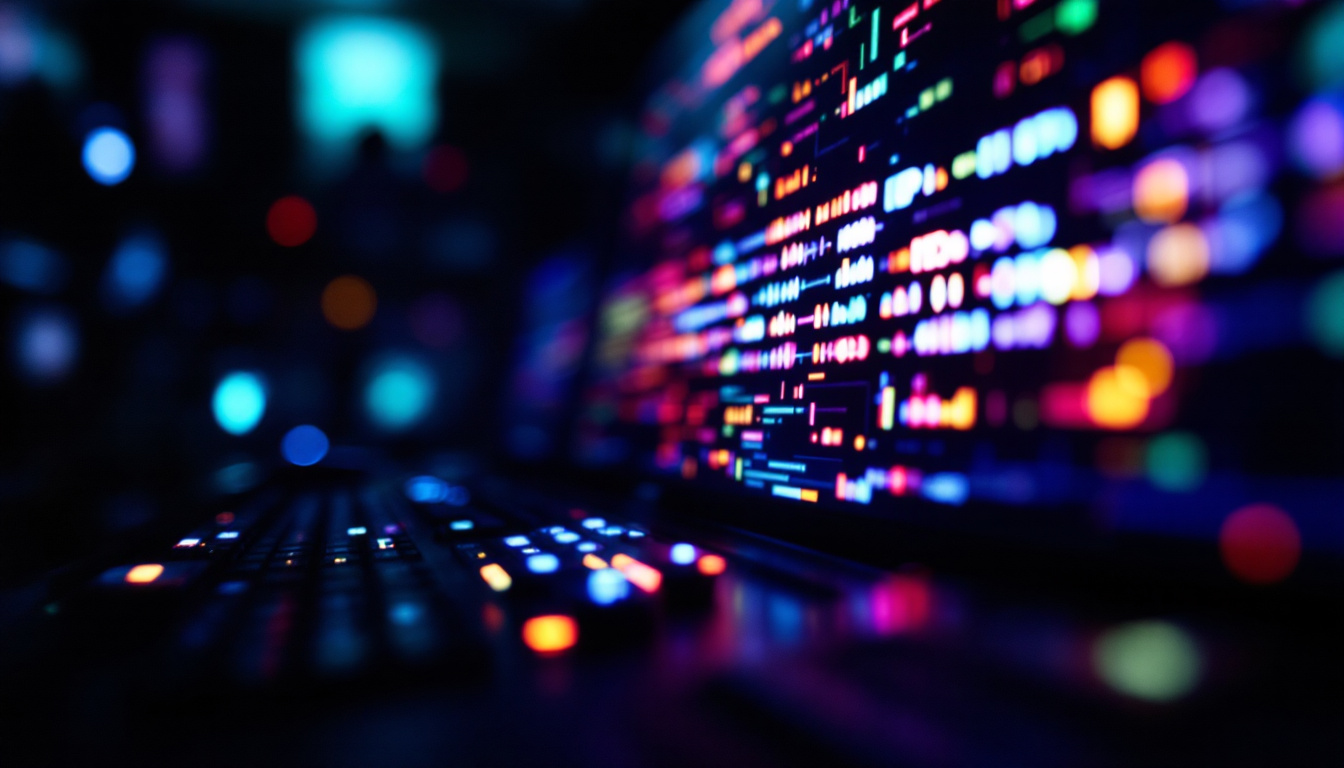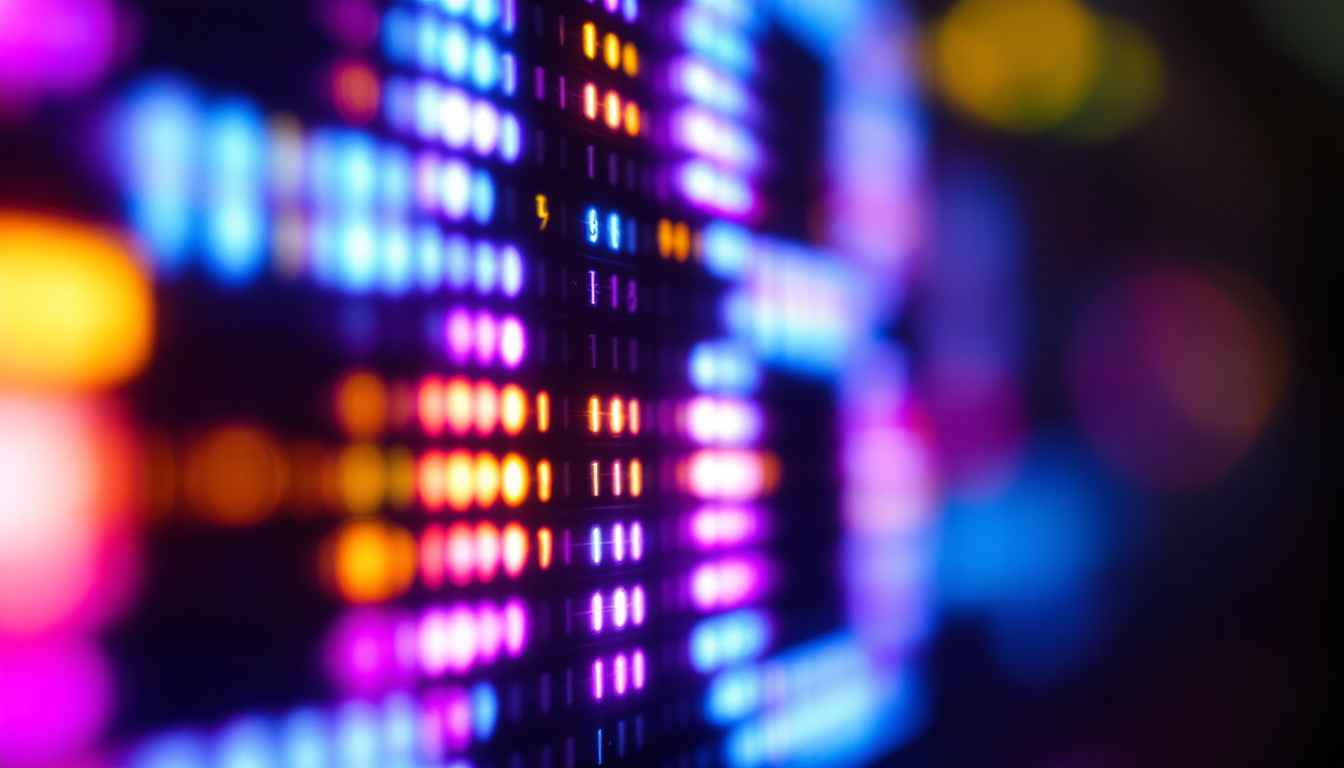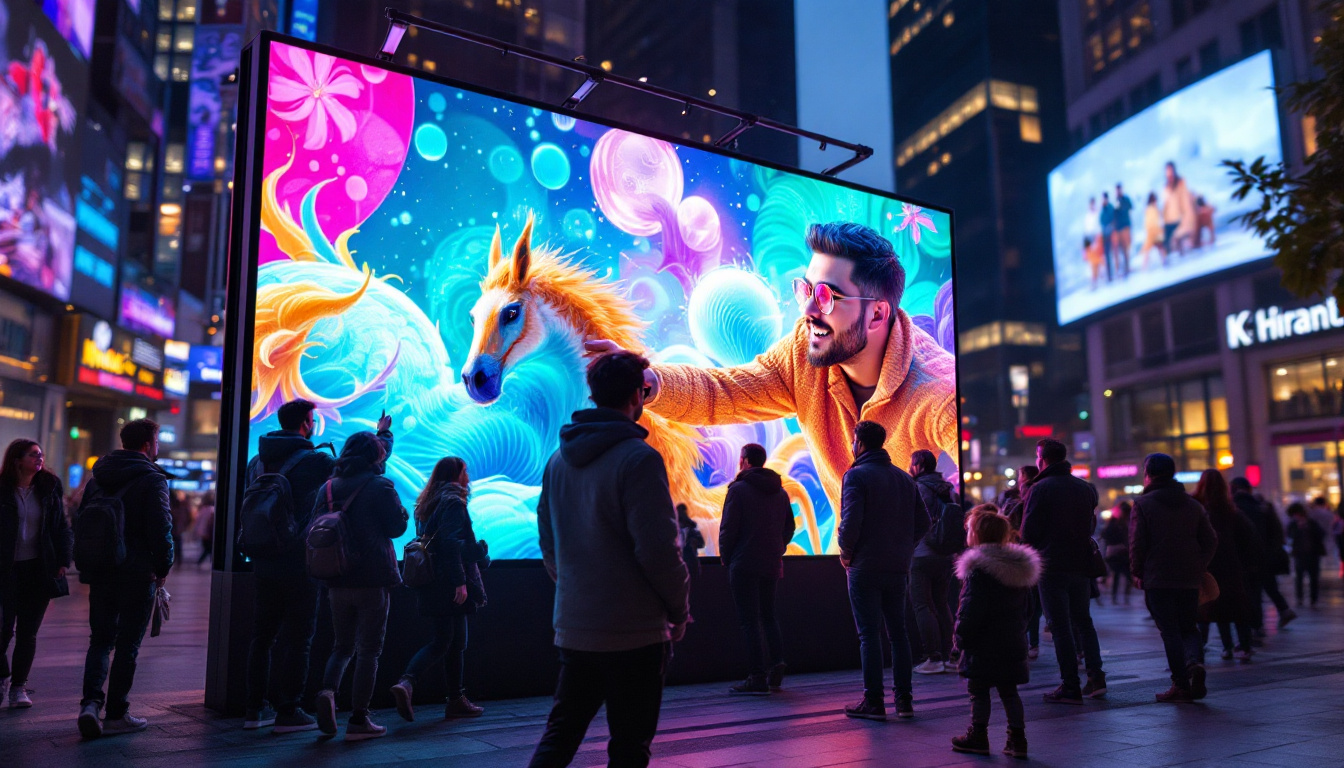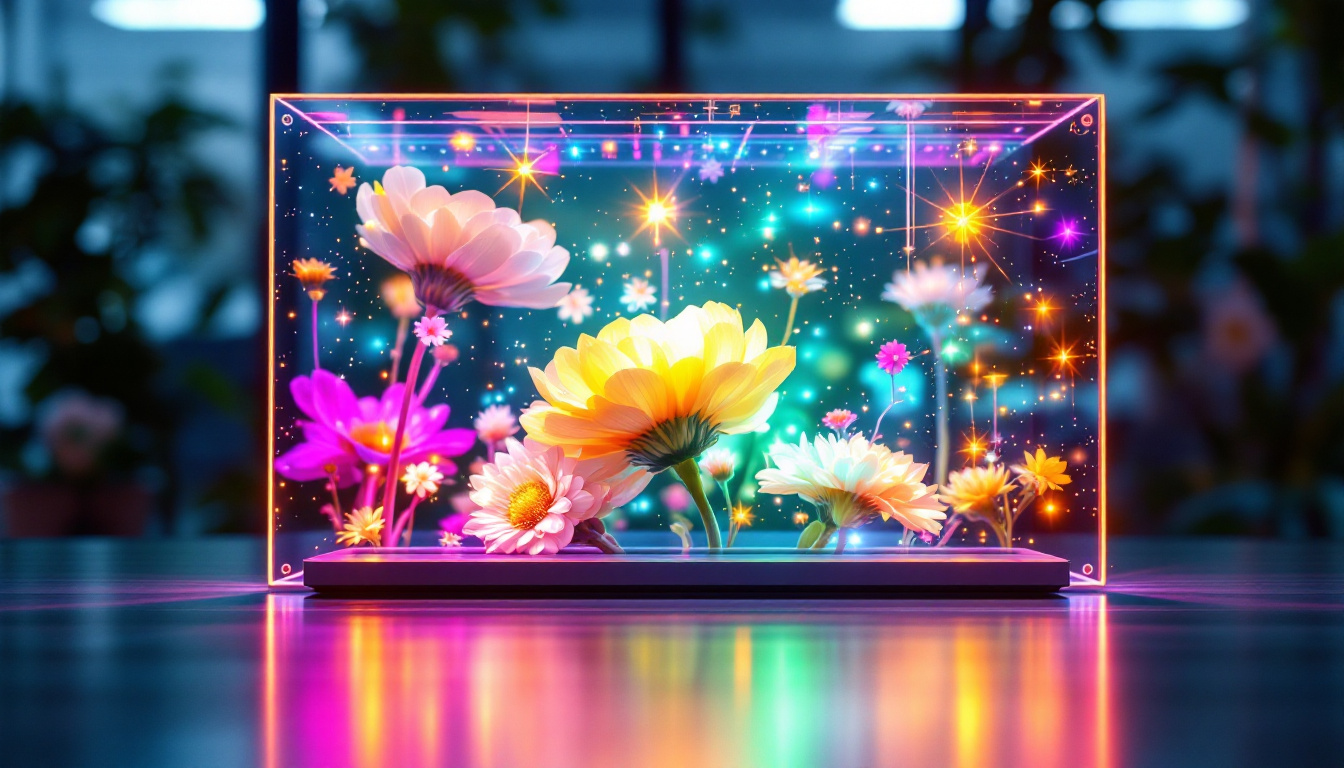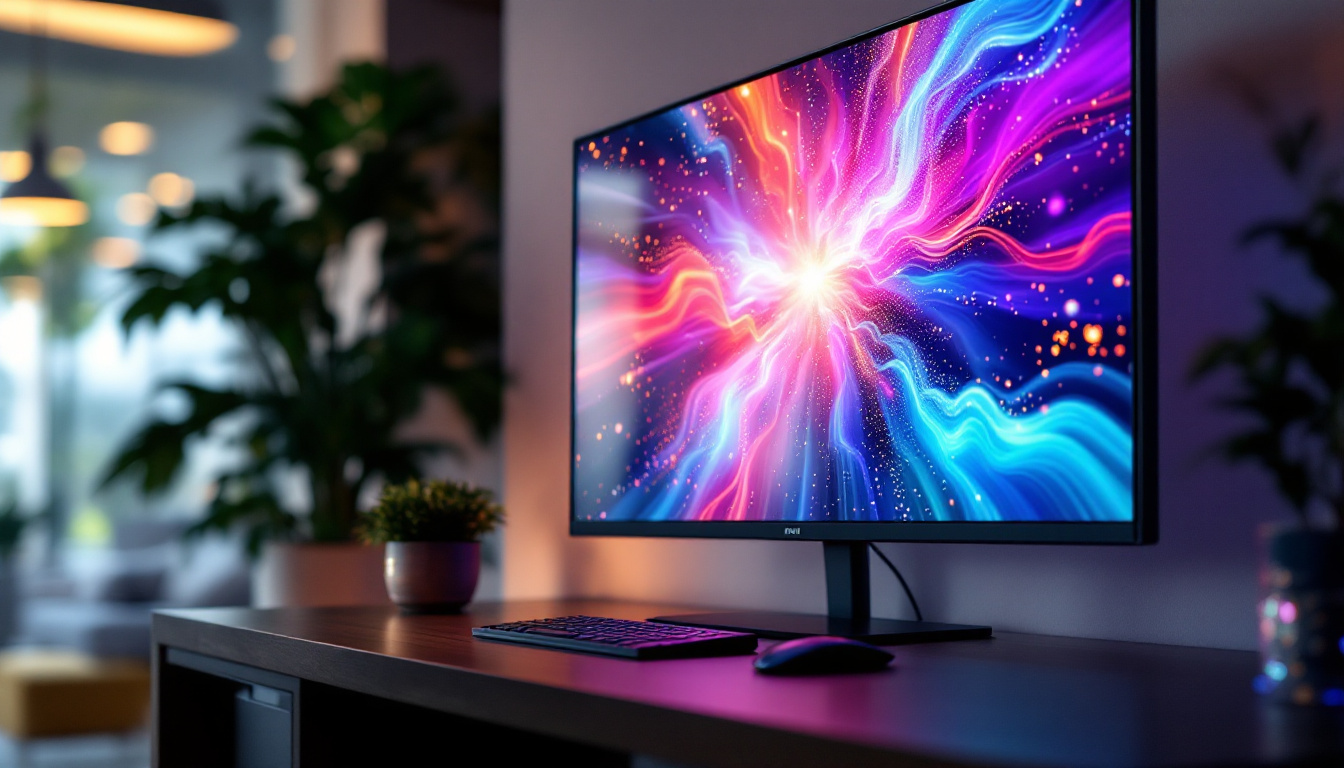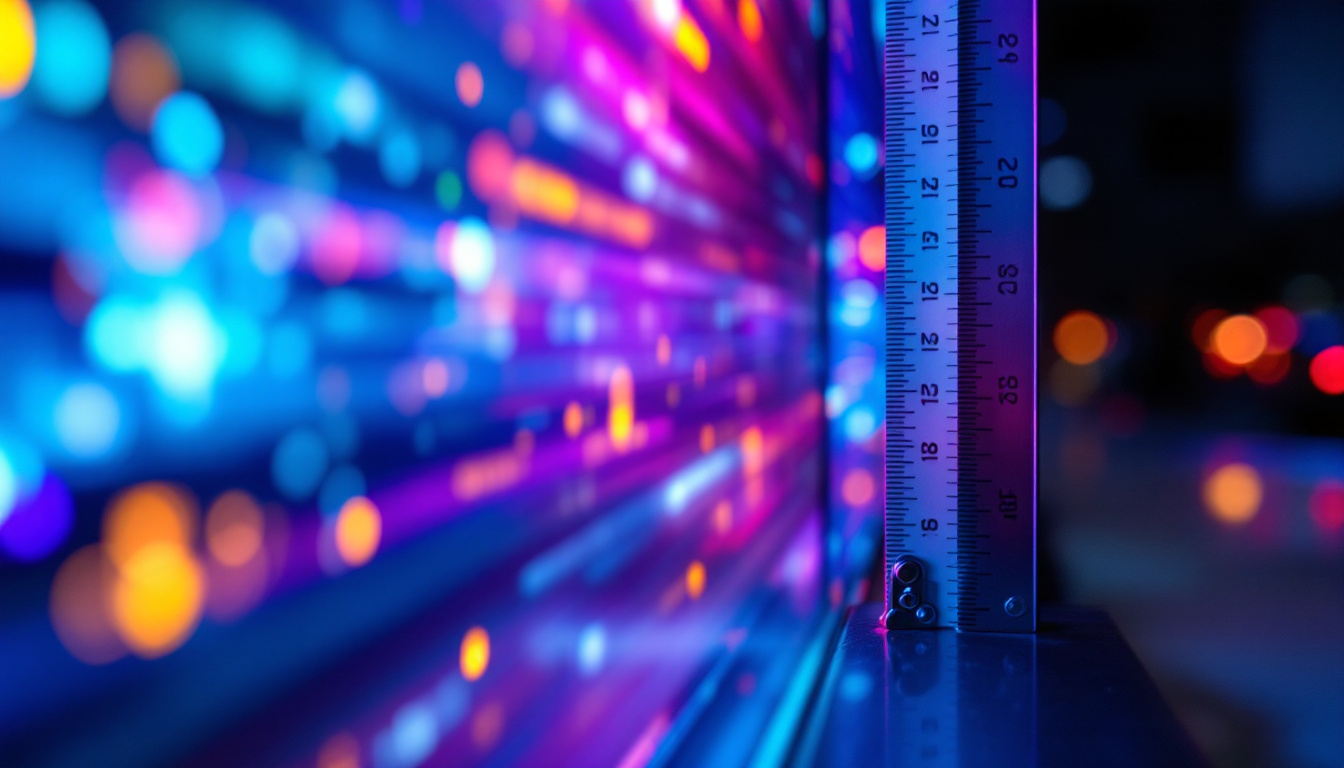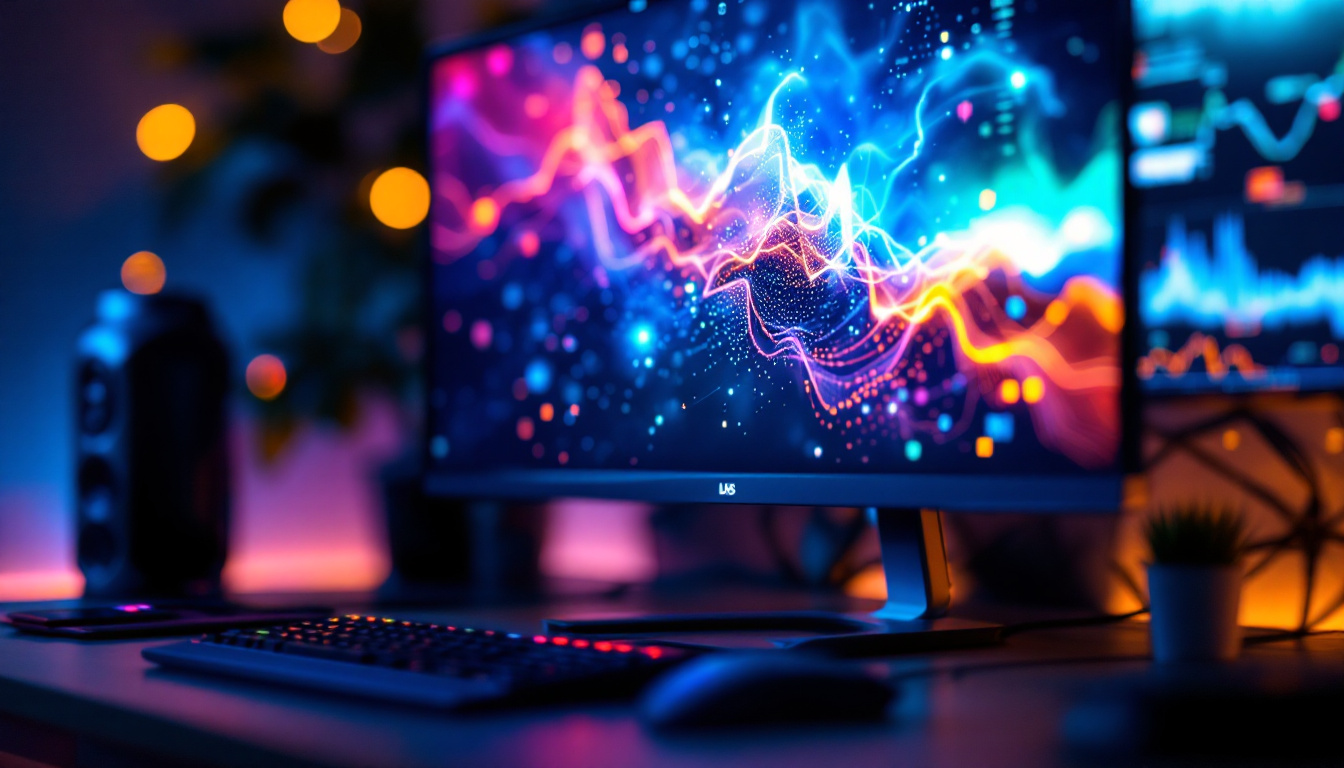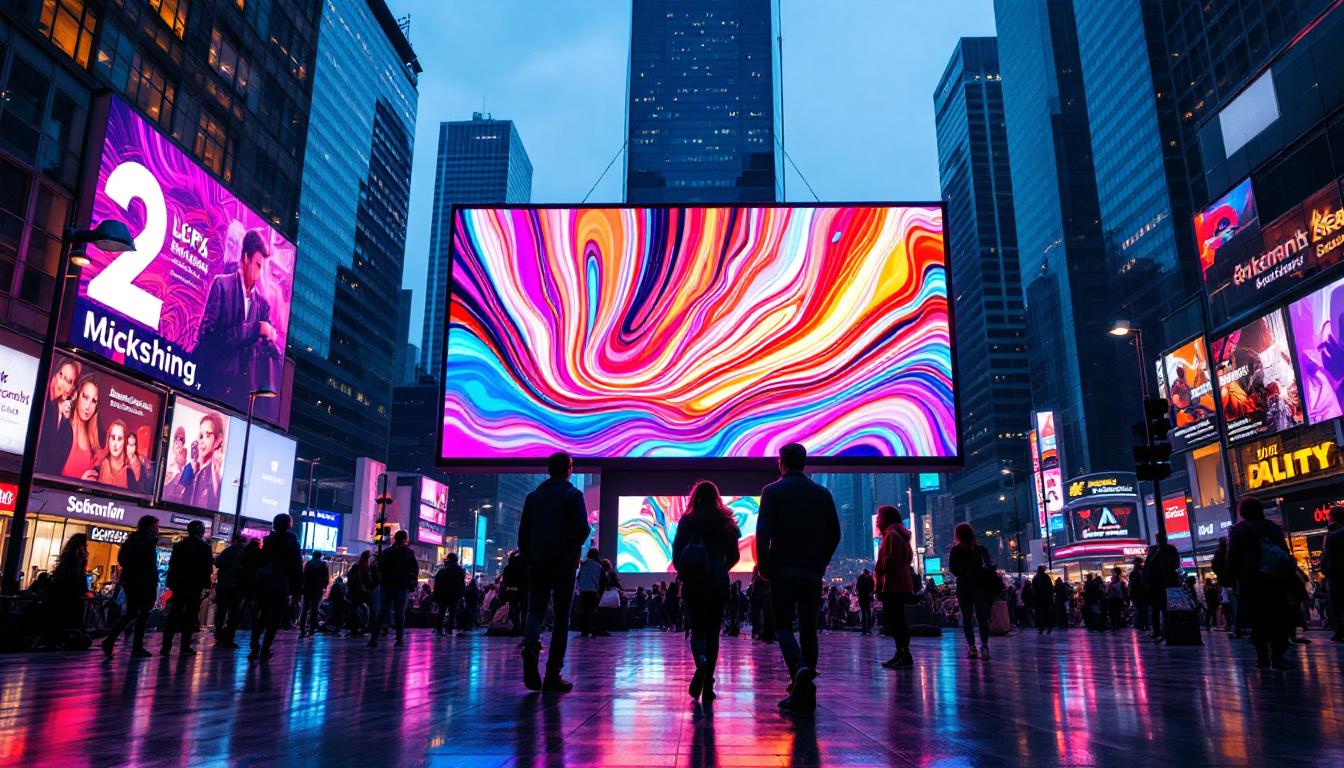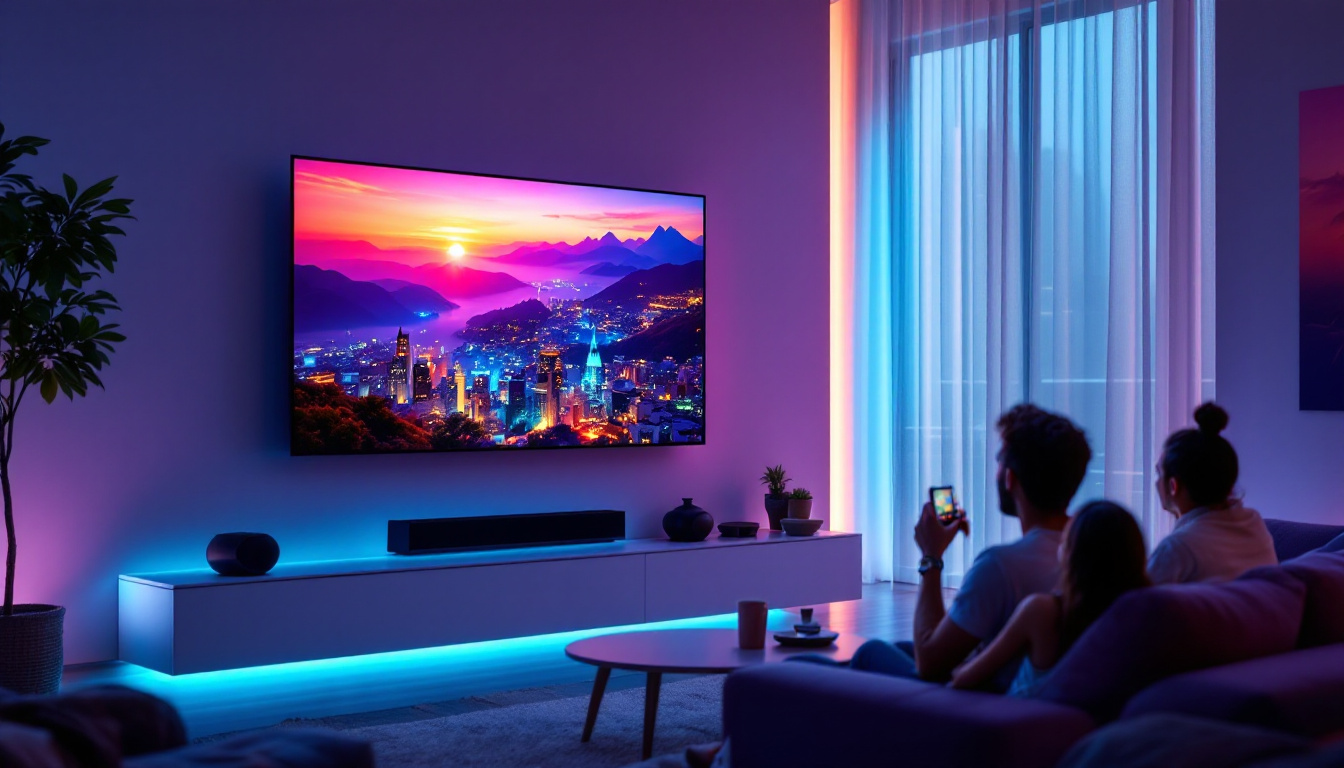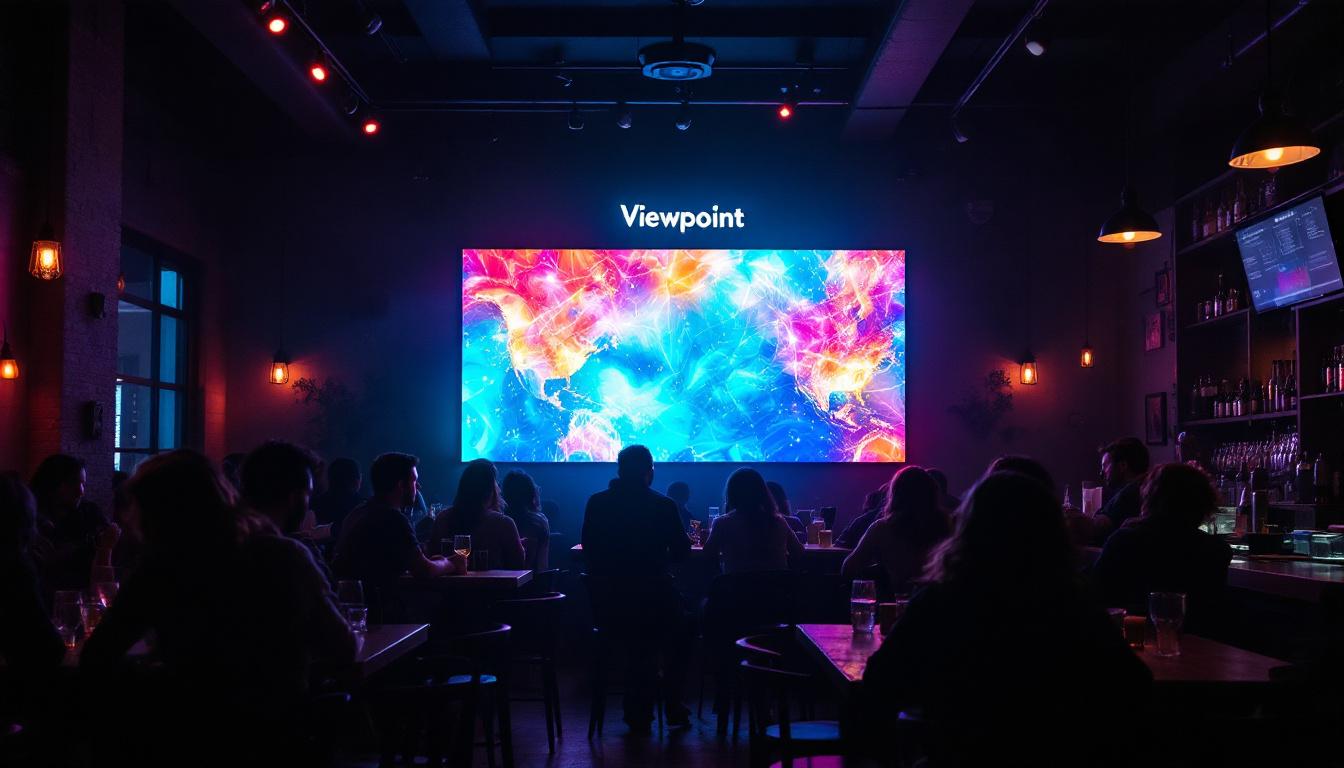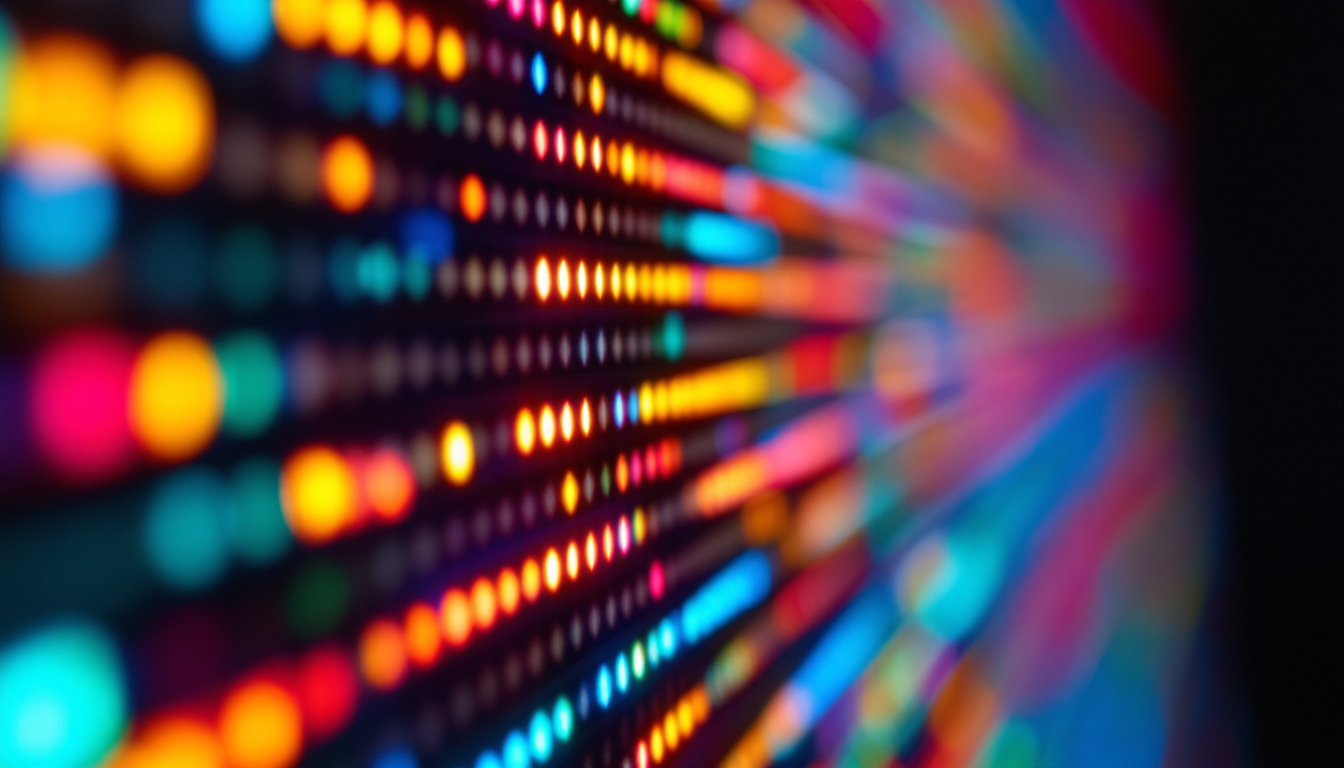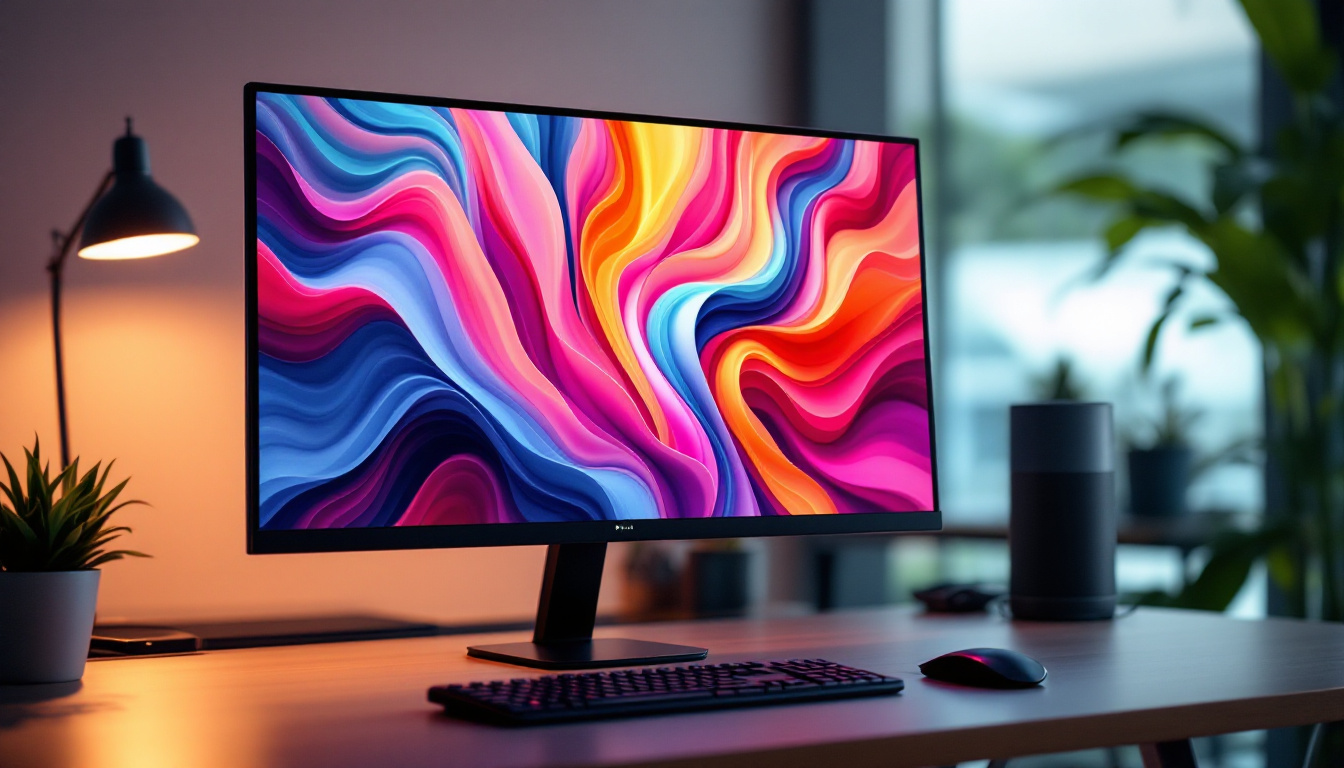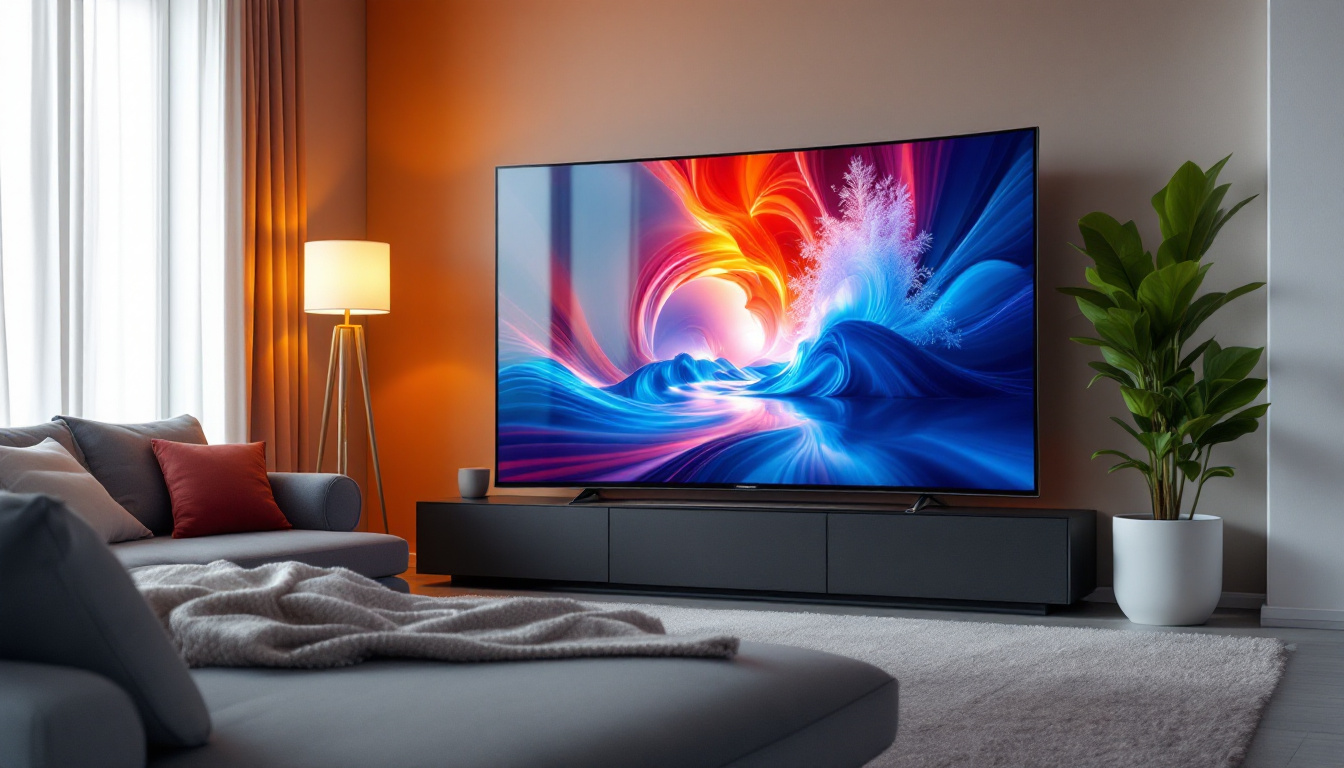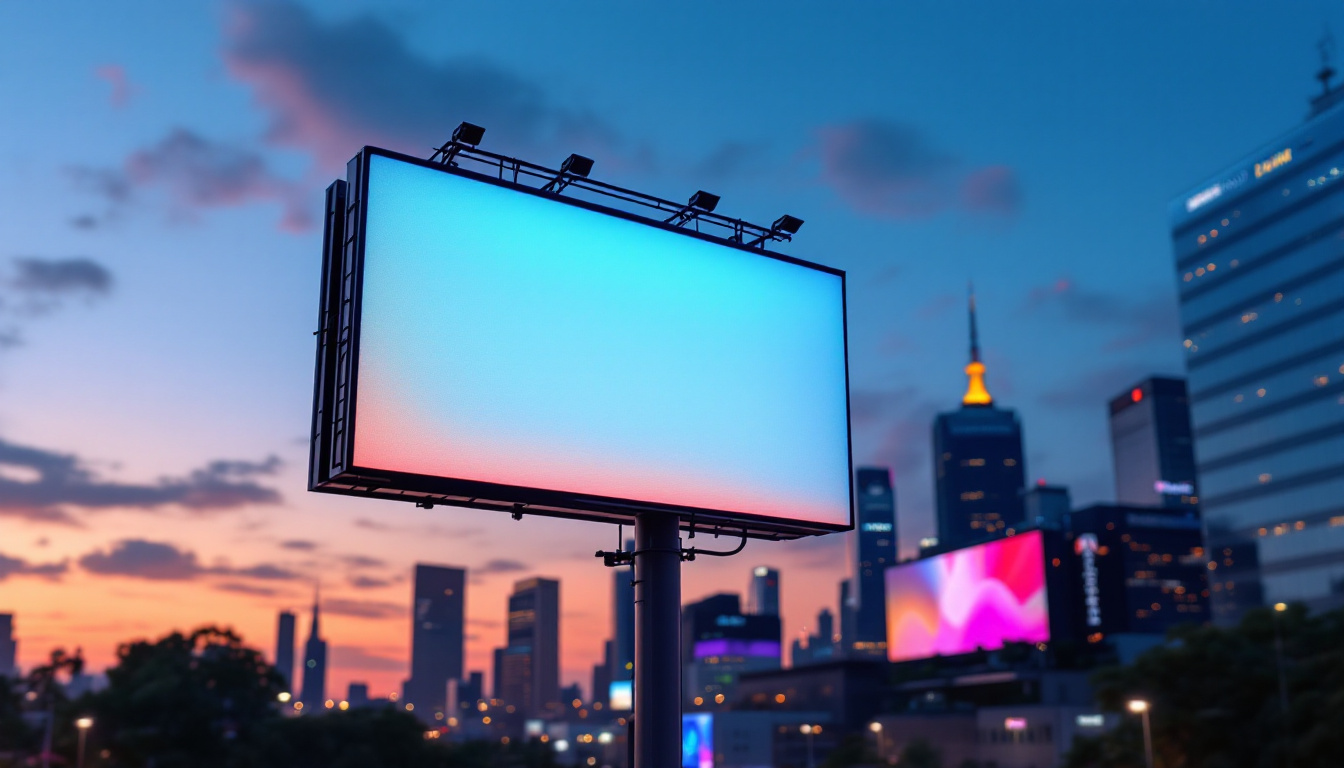In an age where digital privacy is paramount, many users are turning to privacy screen protectors to safeguard their personal information. However, a common concern arises: do these protective layers compromise the quality of the LED display? This article delves into the intricacies of privacy screen protectors, their impact on screen quality, and the technology behind LED displays.
Understanding Privacy Screen Protectors
Privacy screen protectors are designed to limit the viewing angles of a device’s screen. They work by using a special filter that only allows the display to be seen directly from the front, making it difficult for onlookers to view sensitive information. This feature is particularly beneficial in public settings, where prying eyes are a concern. In an age where data breaches and identity theft are rampant, investing in privacy screen protectors can be a proactive measure to safeguard personal information from unwanted scrutiny.
Types of Privacy Screen Protectors
There are several types of privacy screen protectors available on the market, each with its unique features and benefits. The most common types include:
- Adhesive Privacy Filters: These are typically made from a thin film that adheres directly to the screen. They offer a seamless look and can be easily removed without leaving residue. Ideal for users who prefer a low-profile solution, these filters are often lightweight and can be found in various sizes to fit different devices.
- Magnetic Privacy Filters: These filters attach to the device using magnets. They can be easily applied and removed, making them a convenient option for users who switch between privacy and regular viewing. This versatility is particularly appealing for business professionals who may need to present their screens to colleagues in a meeting while also wanting to maintain privacy during commutes.
- Tempered Glass Privacy Protectors: These provide a higher level of protection against scratches and impacts while also incorporating privacy features. They tend to be more durable than film-based options. Additionally, many tempered glass protectors come with anti-glare properties, enhancing visibility in bright environments while still keeping your information secure.
How Privacy Screen Protectors Work
Privacy screen protectors utilize a micro-louver technology that restricts the light emitted from the screen. This technology consists of tiny vertical blinds that block the view from angles beyond a certain point. The result is a display that appears clear and vibrant when viewed head-on but becomes dark and unreadable from the side. This clever design not only ensures that your personal data remains confidential but also helps reduce eye strain by limiting distractions from peripheral views.
This functionality is crucial for maintaining privacy, especially in crowded environments such as public transport or coffee shops. However, the effectiveness of these protectors can vary based on their quality and design. Some high-end models even incorporate blue light filtering technology, which can help reduce eye fatigue during prolonged use. As more people rely on their devices for work and communication, the demand for effective privacy solutions continues to grow, prompting manufacturers to innovate and improve the design and functionality of privacy screen protectors.
The Impact on Screen Quality
The primary concern for many users is whether a privacy screen protector will degrade the quality of their LED display. Factors such as brightness, color accuracy, and touch sensitivity can all be affected by the addition of a screen protector.
Brightness and Clarity
One of the most noticeable effects of applying a privacy screen protector is the potential reduction in brightness. Since these filters are designed to limit the viewing angle, they can also absorb some of the light emitted by the LED display. This absorption can lead to a dimmer screen, which may be particularly noticeable in bright environments.
High-quality privacy protectors are designed to minimize this effect, but users may still experience some loss of brightness. It’s essential to choose a protector that specifically states it maintains screen clarity and brightness to mitigate this issue. Additionally, users might consider adjusting their device’s brightness settings to compensate for any dimming caused by the protector. This adjustment can help restore some of the vibrancy lost, allowing for a more comfortable viewing experience, especially when using the device outdoors or in well-lit rooms.
Color Accuracy
Color accuracy is another critical aspect affected by screen protectors. Privacy filters can alter the way colors are perceived, leading to a shift in hue and saturation. This change can be particularly concerning for professionals who rely on accurate color representation, such as graphic designers and photographers.
While many privacy screen protectors are engineered to preserve color fidelity, users should be aware that some lower-quality options may distort colors. It’s advisable to read reviews and opt for reputable brands to ensure the best possible outcome. Furthermore, users can perform simple tests to evaluate color accuracy by displaying color gradients or images known for their vibrancy. This proactive approach allows users to identify any significant discrepancies in color representation before committing to prolonged use of a specific protector.
Touch Sensitivity
Touch sensitivity is a vital feature for modern devices, especially smartphones and tablets. The addition of a privacy screen protector can sometimes interfere with the device’s responsiveness. Users may notice a lag in touch response or a decrease in accuracy, particularly with thicker protectors.
To ensure optimal performance, it is recommended to choose a privacy screen protector that is specifically designed to maintain touch sensitivity. Many manufacturers now produce ultra-thin options that provide privacy without compromising the user experience. Additionally, users should consider the material of the protector; glass protectors often provide better touch sensitivity compared to plastic ones. Regularly cleaning the screen and protector can also help maintain responsiveness, as dirt and smudges can impede touch performance. By taking these factors into account, users can enjoy the benefits of privacy without sacrificing the functionality of their devices.
Choosing the Right Privacy Screen Protector
When selecting a privacy screen protector, several factors should be considered to ensure it meets individual needs without significantly affecting screen quality.
Material Quality
The material used in the construction of a privacy screen protector plays a crucial role in its performance. High-quality materials, such as tempered glass or premium films, tend to offer better clarity, durability, and protection. Investing in a quality product can help mitigate issues related to brightness, color accuracy, and touch sensitivity. Additionally, some privacy screen protectors come with anti-glare features, which can be particularly beneficial for outdoor use, reducing reflections and enhancing visibility in bright sunlight. This added functionality can make a significant difference for users who frequently find themselves using their devices in various lighting conditions.
Compatibility with Device
Not all privacy screen protectors are created equal, and compatibility with the specific device is essential. Users should ensure that the protector is designed for their particular model to avoid issues with sizing and fit. A poorly fitting protector can lead to reduced effectiveness and may even peel or bubble over time. Furthermore, some manufacturers offer tailored options that account for unique features of specific devices, such as curved screens or cutouts for cameras and sensors. This attention to detail not only enhances the aesthetic appeal but also ensures that the protector does not interfere with the functionality of the device.
User Reviews and Recommendations
Before making a purchase, it’s beneficial to read user reviews and seek recommendations. Feedback from other users can provide valuable insights into the performance and quality of a privacy screen protector. Look for products that consistently receive high ratings for clarity, durability, and overall satisfaction. In addition to reviews, exploring tech forums and discussion boards can reveal personal experiences and tips from fellow consumers. Engaging with these communities may also uncover lesser-known brands that offer exceptional privacy solutions, often at competitive prices, allowing users to make informed decisions based on comprehensive feedback rather than just marketing claims.
Alternative Solutions for Privacy
While privacy screen protectors are a popular choice, they are not the only solution for maintaining digital privacy. Several alternative methods can also help protect sensitive information.
Device Settings
Most devices come equipped with built-in privacy settings that can enhance security. Features such as screen timeouts, password protection, and biometric authentication can help safeguard personal information without the need for additional accessories.
Physical Barriers
In certain situations, physical barriers can serve as an effective means of maintaining privacy. Positioning oneself strategically in a public space or using privacy screens in shared environments can help shield the display from prying eyes.
Awareness and Caution
Ultimately, awareness and caution are essential in protecting personal information. Being mindful of surroundings and the potential for onlookers can significantly reduce the risk of unauthorized viewing. Users should remain vigilant, especially in crowded areas.
Conclusion
Privacy screen protectors offer a valuable solution for safeguarding personal information in public settings. While they may impact screen quality in terms of brightness, color accuracy, and touch sensitivity, high-quality options can minimize these effects. By carefully selecting a protector that fits well and is made from premium materials, users can enjoy the benefits of privacy without sacrificing display performance.
In addition to privacy screen protectors, exploring alternative methods for maintaining digital privacy can further enhance security. Ultimately, a combination of protective accessories and mindful practices can create a comprehensive approach to safeguarding personal information in an increasingly digital world.
Discover LumenMatrix’s Advanced LED Display Solutions
As you consider the balance between privacy and screen quality, remember that the right technology can make all the difference. LumenMatrix, a pioneer in LED display innovation, offers a wide array of solutions tailored to meet your needs. From Indoor and Outdoor LED Wall Displays to specialized options like Vehicle and Sports LED Displays, LumenMatrix is committed to enhancing your visual communication with clarity and impact. Elevate your brand’s presence and create immersive experiences with our cutting-edge LED display modules. Check out LumenMatrix LED Display Solutions today and step into a world where technology meets privacy without compromise.

